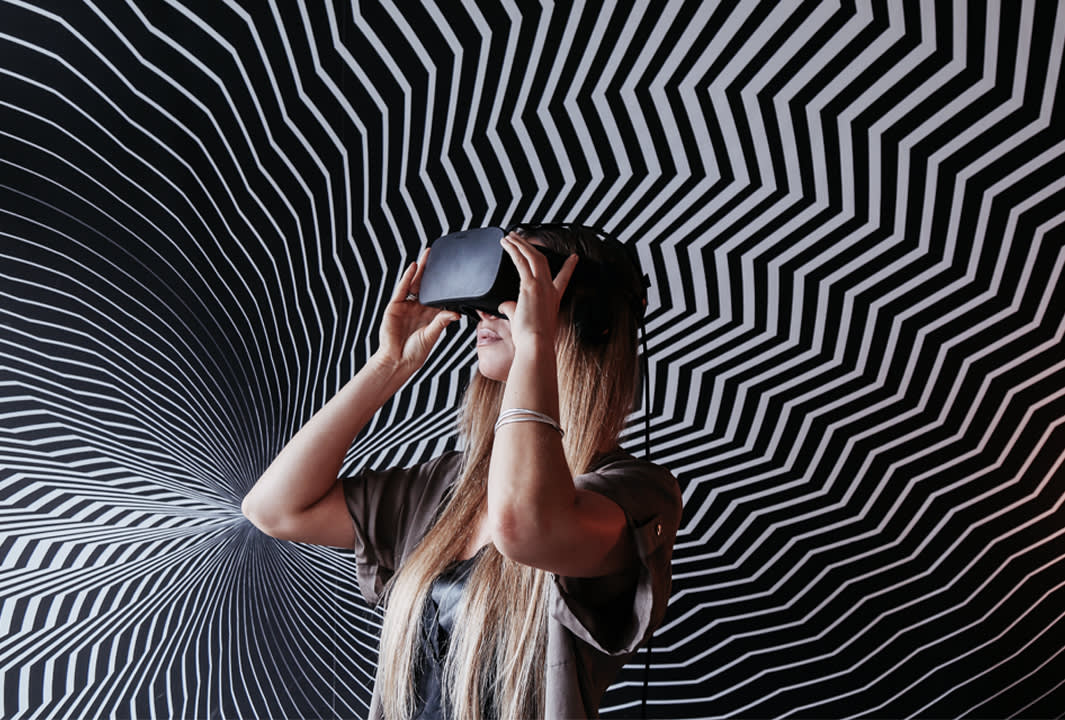Thought
VR as a value driver

Virtual Reality (VR) is perhaps the most exciting technology to emerge in recent years, bringing with it the expectations of an audience awaiting its arrival for a long, long time.
VR innovation was kick-started by Oculus through their Rift headset. Since then various headsets by different manufacturers have been released including mobile compatible versions making the technology available to a wider audience. But is it just entertainment or can VR bring wider benefits to the world?
There are several interesting things to understand about VR. First, immersion in a virtual environment is not determined by how realistic the detail of that environment is. Immersion is determined chiefly by how authentic the experience feels – the emotional response the experience generates.
Second, the part of our brains that we engage to interact with VR is the same part we engage to interact with the real world. So VR can be applied to quantifiable effect for its users. In sport, VR has been used with NFL quarterbacks – immersing them in ‘real’ match situations and training them to make more accurate decisions faster, with significant results.
The mass benefits of VR can be brought about through access. Access to things that are too far away, too expensive, do not exist yet or where the laws of physics prevail. Through VR it is now possible to access all of these, and to share the benefits in fields as diverse as architecture, education, engineering, sports and travel.
Automotive brands were among the first to see the potential of VR – many other industries will follow. Gaming will be the Trojan horse through which the first VR headsets will be distributed, and with that comes the opportunity to use VR as a channel for products and services that will engage, inform and inspire our audiences.
Andy Hood, Head of Emerging Technologies, interviewed on CNBC, August 2016. Read more about the adoption of VR here.